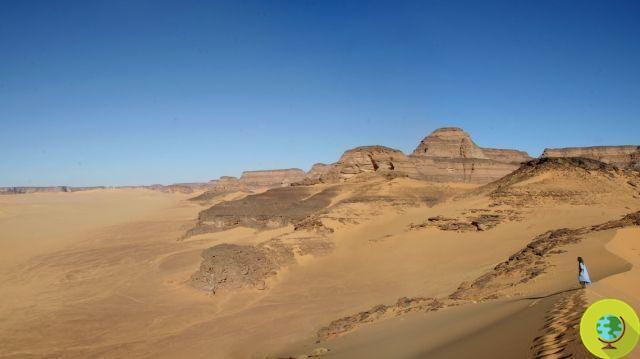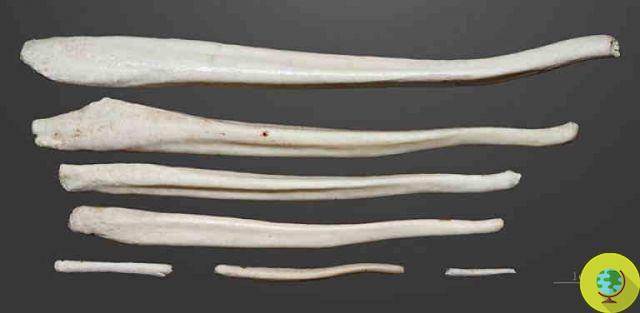
Prehistoric cheeses in the Sahara desert. The microscopic residues of organic matter preserved in the fragments of the vase from the excavation of the Neolithic village of Takarkori, in Libya, must have been really well "cured". Discovered by a group of researchers from La Sapienza in Rome and the Organic Geochemistry Unit in the School of Chemistry of the University of Bristol and dated from 5200 BC, these finds represent the first direct evidence of the transformation of cow's milk into cheese. The first clear evidence that humans in the prehistoric Sahara already used cattle for milk production.
Don't store avocado like this: it's dangerous
Prehistoric cheeses in the Sahara desert. They really had to be well "seasoned" the microscopic residues of organic matter preserved in the fragments of the vase coming from the excavation of the Neolithic village of Takarkori, in Libya. Discovered by a group of researchers from La Sapienza in Rome and the Organic Geochemistry Unit in the School of Chemistry of the University of Bristol and dated from 5200 BC, these finds represent the first direct evidence of the transformation of cow's milk into cheese. The first clear evidence that humans in the prehistoric Sahara already used cattle for milk production.
According to research funded by the Natural Environment Research Council (NERC) and published in Nature, about 10.000 years ago the Sahara desert was a lush and humid place where the first hunter-gatherers began to practice a semi-sedentary life, using pottery, hunting game and gathering wild cereals. Then, about 7.000-5.000 years ago, the region became more arid and the people adopted a nomadic and pastoral lifestyle, as evidenced by the presence of bovine bones deposited in caves and river beds.
- pets were clearly fundamental: rock art, widespread throughout the region, includes countless vivid representations of animals, especially cattle. However, to date, there had never been no direct evidence that these animals were milked since then. However, by studying and analyzing Takarkori's unglazed pottery dating to around 7000 years ago with lipid biomarkers, the team of experts discovered that about half of the finds had been used precisely for dairy fat processing. This confirms for the first time the presence of domestic cattle in the region and the importance of milk for pastoral prehistoric peoples.
Julie Dunne, PhD student at the Bristol School of Chemistry and one of the authors of the study, said: “We know that important dairy products, such as lAtt, cheese, yogurt and butter they were known to the people of the Neolithic in Europe, so it was really exciting to find proof that they were already present in the life of the prehistoric peoples of Africa “. In addition to identifying the rapid adoption of milk processing in the Sahara, "these findings also provide a background for our understanding of the evolution of the lactase gene, which appears to have arisen once people began consuming dairy products." Dunne concludes. As if to say, even if humans learned to use the milk of other mammals since prehistoric times, it should be understood if they were then able to digest and tolerate it.
Roberta Ragni
To learn more click Thu










